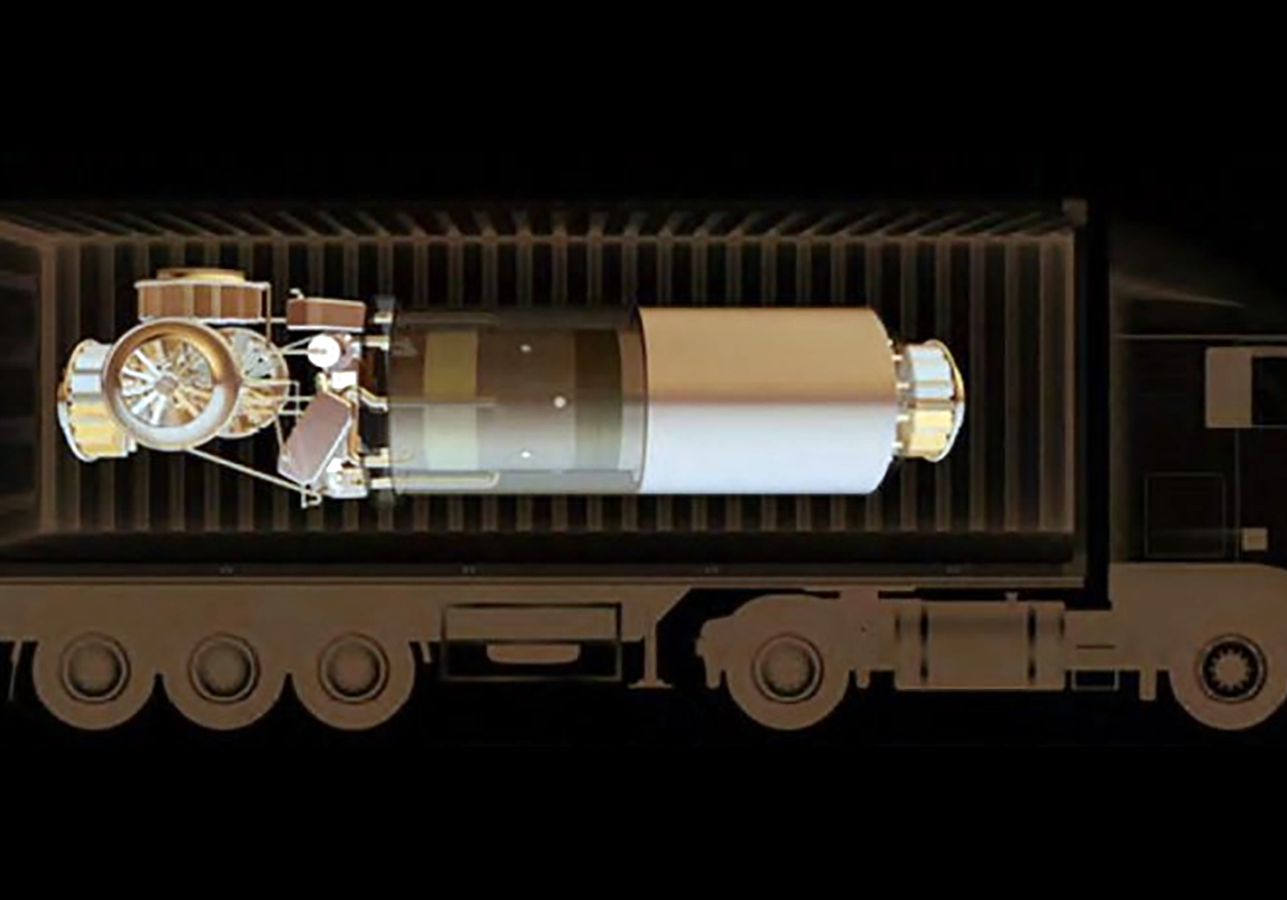Pentagon’s “Pele Project” paves the way for SMRs

Named after the Hawaiian goddess of volcanoes, “Project Pele” is the Pentagon’s partnership with the US Department of Energy (DOE) to develop and demonstrate a prototype US military transportable power reactor. The microreactor (1 to 5 megawatts electric) is being touted for rapid deployment by land, air and sea to support US military operations and power remote military bases. But if successful, Project Pele would also commercialize civilian nuclear power plants like snapping together atomic Leggos into power blocks and control rooms across the country.
This military driven small modular reactor initiative is intended to jump start the commercial atomic power sector where no market exists for the most expensive electricity by splitting the atom. If one just follows the US Energy Information Administration or the Federal Energy Regulatory Commission quarterly reports, new electricity generation is now dominated by least cost and reliably deployable renewable solar and wind energy. This latest effort by the nuclear industry reveals its symbiotic relationship of a shared supply chain for the proliferation of the “peaceful atom,” nuclear weapons and military delivery systems.
The Pele Project went through the DOE bidding process which narrowed down the number of reactor startup company candidates to eventually select the bid in 2022 from BWX Technologies (BWXT) headquartered in Lynchburg, Virgina. BWXT is an established military contractor which already supplies the nation’s nuclear powered propulsion systems for nuclear weapons capable submarines and aircraft carriers. BWXT now plans to develop the nation’s military-prototype for a mobile power reactor at a new secluded factory assembly line being constructed outside of Lynchburg.
Project Pele’s first full-scale transportable microreactor prototype is scheduled to be completed and delivered in 2024 to the Idaho National Laboratory, Idaho Falls, Idaho where it will undergo a two year testing program. The graphite-moderated high temperature gas cooled reactor will use TRISO fuel (TRIstructural-ISOtropic particles). TRISO fuel can be fashioned as tennis ball sized pebbles or carbon blocks. The fuel contains kernels of enriched uranium oxycarbide surrounded by layers of carbon and silicon carbide, which contains fission products of high-assay low enriched uranium (HALEU) at 19.75% U-235. Each fuel pebble or block is credited as the containment system for the reactor. The nuclear fuel is scheduled to be delivered separately. Currently, the only commercially available source of HALEU in the world is Russia. However, because Pele is a contracted military project, BWXT will downblend high-enriched uranium (HEU) from the US government nuclear weapons stockpiles (which are both plutonium and HEU) for its HALEU. BWXT’s private US facilities are the only licensed facilities to both possess and process HEU in the nation. Similarly, because of the military contract, approval for the Pele Project reactor design and development will come through the US DOE, where civilian small modular reactor commercial designs like TerraPower’s Natrium fast reactor and NuScale, which is owned by the United States’ largest nuclear weapons manufacturer, Fluor Corporation, must go through the US Nuclear Regulatory Commission (NRC) regulatory approval process.
Beyond Nuclear points out that in the 2019 Atlantic Council’s “The Value of the US Nuclear Power Complex to US National Security,” when it comes to the maintenance of the US nuclear Navy, the pathway from civil to military is clear and direct, and visa versa. “The connectivity of the civilian and military nuclear value chain — including shared equipment, services and human capital — has created a mutually reinforcing feedback loop, wherein a robust civilian nuclear industry supports the nuclear elements of the national security establishment.” It could not be any more black and white.
The military sector is not eager to lose this important link, also because, lacking the civilian nuclear supply chain, it would have to fund the necessary research, personnel recruitment, skills training and technological developments itself.
Support Beyond Nuclear
Help to ensure a safer, greener and more just world for all

